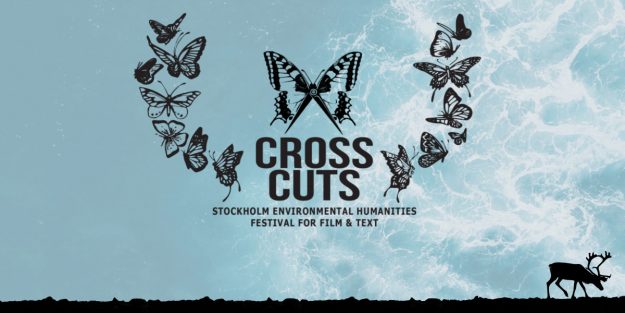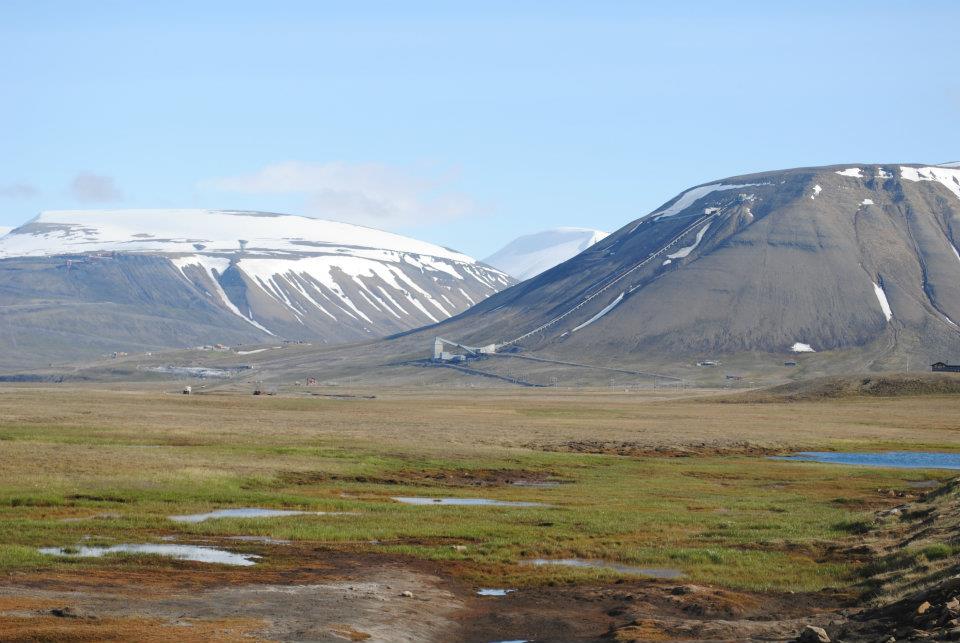PhD-Colleague Corinna Röver is defending her doctoral thesis on 2 June, 2 p.m. (Stockholm Time) in the division’s Higher Seminar Series. Her dissertation with the title “Making Reindeer. The Negotiation of an Arctic Animal in Modern Swedish Sápmi, 1920-2020” will be discussed with opponent Prof. David Anderson, Chair in “The Anthropology of the North” at the University of Aberdeen, Scotland.
the division’s Higher Seminar Series. Her dissertation with the title “Making Reindeer. The Negotiation of an Arctic Animal in Modern Swedish Sápmi, 1920-2020” will be discussed with opponent Prof. David Anderson, Chair in “The Anthropology of the North” at the University of Aberdeen, Scotland.
If you are interested in Corinna’s outstanding work, you can join via Zoom and in case that you need technical assistance for joining please contact history[at]abe.kth.se.
Here is the abstract of this valuable contribution:
The Arctic has long been perceived as a static, timeless place of shielded wilderness. This perception extended to the reindeer as both part of the Arctic environment and of traditional Indigenous livelihoods. Physically, the reindeer of Swedish Sápmi looks largely the same today as it did a century ago – an animal ostensibly unaltered and unchanged.
Nevertheless, this thesis argues that the reindeer has undergone a number of fundamental shifts of meaning in Swedish Sápmi over the past century. The dissertation asks how the reindeer’s roles and functions evolved in Swedish Sápmi from ca. 1920 to 2020 and examines how, why and by whom the reindeer has been negotiated. It explores the changing understanding of the reindeer’s role in society, studies emerging idea(l)s and purposes, and considers what mark they left on the animal.
This study is a history of the ideas, discourses and practices that shaped the modern reindeer. It examines ways of understanding and making reindeer. At different points in time, varying combinations of actors have sought to control, shape and re-define this Arctic animal. The meaning attached to it changed as a result, and with it reindeer-related policies. Swedish state policies towards the Sámi and reindeer husbandry have especially deeply impacted the way reindeer were understood and governed. Over the course of a century, policy efforts aimed to control the reindeer’s movements, health, reproduction and death, with varying success. Discourse and associated practices generated multiple versions of the reindeer. In terms of these changing versions, the thesis conceptualizes the reindeer as a changing technology and a socially constructed resource.
Five empirical chapters trace how the reindeer was negotiated, especially between the Swedish state and Sámi herders. They show how the reindeer’s role and purpose has been under repeated negotiation and discuss some of these roles. Restrictive border and grazing policies made the reindeer a trespasser at the turn of the twentieth century. From the 1950s onwards, a modernist improvement project envisioned it as economic resource. In the course of such rationalization efforts, the reindeer became an object of techno-scientific interest. Improvers attempted to transform reindeer into productive, reliable meat machines. These efforts faced a severe setback when the Chernobyl nuclear accident in 1986 contaminated considerable numbers of reindeer, turning it into a toxic animal and a threatened bearer of Sámi culture. In more recent years, we find the reindeer at an intersection of consumer demand for natural foods and Sámi agency. It has become a symbol for claims to self-determination. Sámi champions of food sovereignty and land rights have started to reclaim and promote the reindeer as traditional and wholesome source of food through the Slow Food Sápmi movement.
A closer look at these re-definitions reveals that the reindeer is no timeless, passive backdrop to human action. The reindeer itself has history – it is a historical animal with agency of its own, able to challenge efforts of control. Nevertheless, the different notions of the reindeer materialized into policies and ways of governing not only the reindeer but also their Indigenous herders. The (re)negotiations of what reindeer are or ought to be provide insights into the relationship between representatives of the Swedish state and of Sámi reindeer husbandry, as well as colonial legacies and persistently unequal power relations.
In Swedish:
Arktis har länge uppfattats som en statisk, tidlös och avskild ödemark. Denna uppfattning gäller även renar, som setts som en del av både den arktiska miljön och urfolkens traditionella levnadssätt. Renen i svenska Sápmi ser fysiskt i stort sett likadan ut idag som för hundra år sedan – ett djur som till synes förblev oförändrat genom tiden.
Ändå argumenterar denna avhandling för att renen har genomgått ett antal grundläggande betydelseförskjutningar i svenska Sápmi under det senaste århundradet. Den utforskar den föränderliga förståelsen av renens roll i samhället och den studerar framväxande idéer och syften och hur dessa påverkade djuret. Avhandlingen frågar hur renens roller och funktioner har utvecklats i svenska Sápmi mellan 1920 och 2020 och undersöker hur, varför och av vem renarnas förvandling har genomförts.
Denna studie är en historia som innefattar de idéer, diskurser och metoder som formade den moderna renen. Den undersöker sätt att förstå och “göra” renen som djur men också som inslag i ekonomi och samhälle. Vid olika tillfällen har olika kombinationer av aktörer försökt kontrollera, forma och omdefiniera detta arktiska djur. Som resultat förändrades dess betydelse, och därmed även den politiska styrningen av renen. Särskilt den svenska statliga politiken gentemot samerna och renskötseln har djupt påverkat hur renar förstods och styrdes. Under ett helt århundrade har politiska ansträngningar syftat till att kontrollera renens rörelser, hälsa, reproduktion och död, med varierande framgång. Diskurs och tillhörande praktiker genererade flera versioner av renen. Med tanke på dessa föränderliga versioner konceptualiserar avhandlingen renen som en socialt konstruerad resurs.
Fem empiriska kapitel spårar hur renen förhandlades, speciellt mellan svenska staten och samiska renskötare. Restriktiv gräns- och renbetespolitik gjorde renen till en inkräktare vid 1900- talets början. Från 1950-talet och framåt sågs renen som en ekonomisk resurs i ett statligt modernistikt förbättringsprojekt. Under dessa rationaliseringsinsatser blev renen till ett objekt av teknovetenskapligt intresse. Reformatorer försökte omvandla renar till produktiva, pålitliga köttmaskiner. Dessa ansträngningar mötte ett allvarligt bakslag när kärnkraftsolyckan i Tjernobyl 1986 förorenade ett stort antal renar och gjorde det till ett giftigt djur och en hotad bärare av samisk kultur. På senare år ser vi renarna i skärningen mellan konsumenternas efterfrågan på naturliga livsmedel och samisk agens. Renen har blivit en symbol för anspråk på självbestämmande, där samiska förkämpare för livsmedelssuveränitet och markrättigheter har börjat återta och främja renen som traditionell samisk och hälsosam matkälla genom Slow Food Sápmi-rörelsen.
En närmare granskning av dessa omdefinitioner visar att renen inte är någon tidlös, passiv bakgrund till människornas handlingar. Renen har en egen historia – det är ett historiskt djur med egen agens, som kan utmana kontrollförsök. Ändå omsattes de olika föreställningarna om renen till politik och sätt att styra inte bara renen utan också dess samiska ägare. Att förstå (om)förhandlingarna om vad en ren är eller borde vara ger insikter i förhållandet mellan representanter för den svenska staten och samiska renskötare, liksom förhållandets koloniala arv och kvarvarande ojämna maktförhållanden.


 the division’s Higher Seminar Series. Her dissertation with the title
the division’s Higher Seminar Series. Her dissertation with the title 